Google Stadia verdict so far: Not ready for prime time
Stadia's core streaming technology is strong, but missing features make for a disappointing launch.
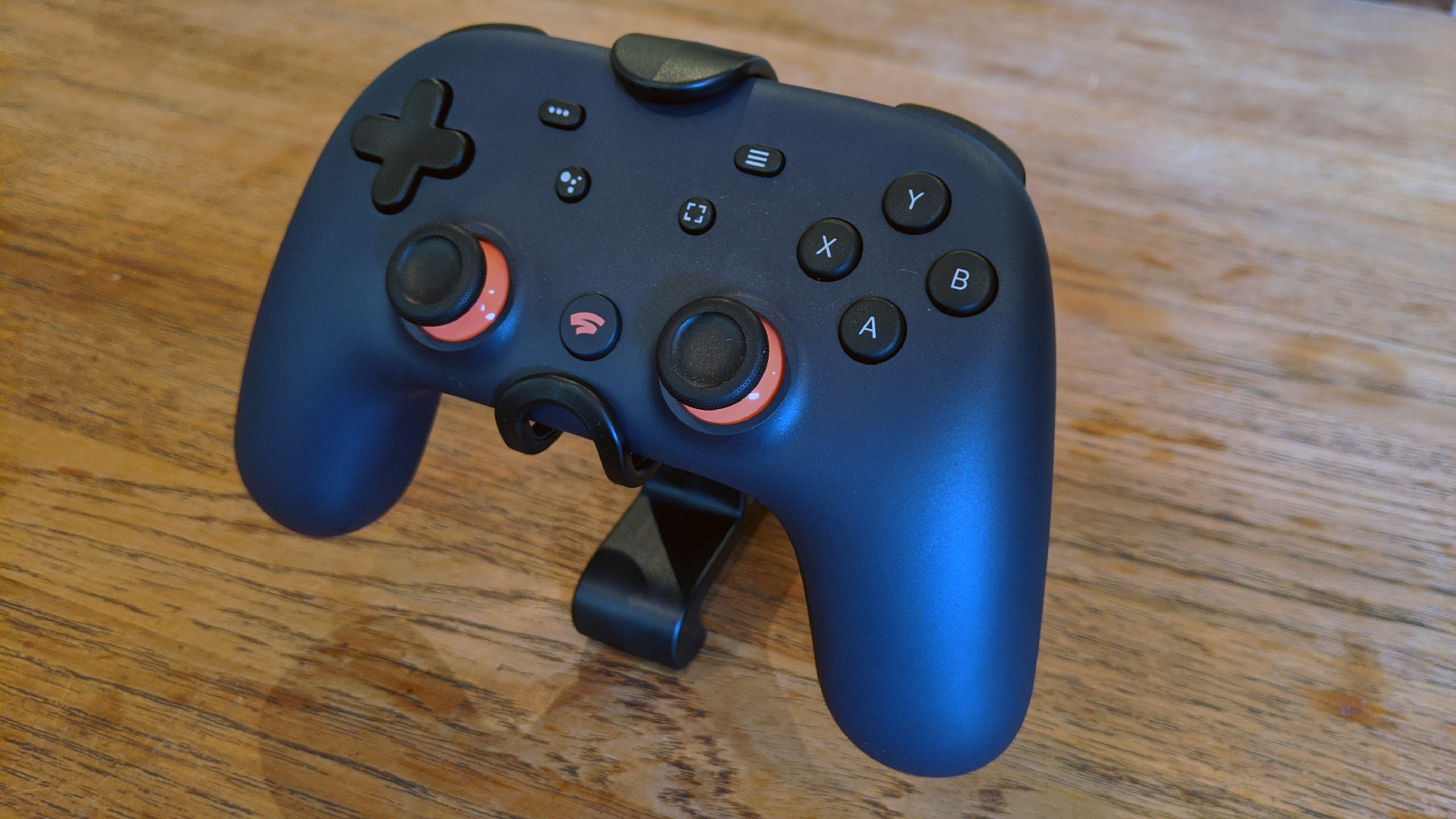
Gylt is a game made specifically for Stadia, and as I started playing it, tiptoeing a young girl around creepy creatures who might well be nightmares, it felt just like playing a game on a PC or console. The input was super responsive, the simple graphics crisp and vibrant, which made it look even more fantastic in 4K on my 50-inch TV. It was sharp. My character moved seemingly as soon as I pressed on a joystick. Maybe I'd been too skeptical of Stadia. Maybe Google really did concoct some magical, cloud gaming brew and did create a reliable gaming platform.
All those doubts went away when I tried playing Destiny 2 on the same limited bandwidth that had worked well for Gylt, 35 Mbps. The pixelation and stuttering made it hard to see and aim, and I often found myself trying to compensate for the lag by moving less. Stadia is just like all the other cloud gaming platforms I've tried: Often great for singleplayer games, terrible for multiplayer if your internet isn't up to snuff.
Stadia is a great innovation, nearly free from the hardware needs that bind our gaming PCs to our bedrooms and far more portable than a PS4. But since it relies heavily on the internet to deliver a good experience, it's only as good as the internet in your home, and when it doesn't work perfectly, figuring out why can take even more technical savvy than building the best gaming PC. Stadia's launch is simply missing many of the features it needs to be a robust gaming platform.
The Stadia user experience
Once you get into a game, there are more of the same inconsistencies that pepper Stadia's user experience
Setting up Stadia is a bit of a process. If you're playing on a TV, you first need the Google Home app on a smartphone to set up a Chromecast Ultra. Then you need the Stadia app to configure your Stadia account, sync a controller and start playing games. On PC, the process is a bit simpler—you simply login to the Stadia site in Chrome and start playing a game—but the TV experience demonstrates the strengths and weaknesses of everything living in the cloud. Being able to easily throw a tiny Chromecast in a backpack and take it anywhere is a huge perk, but the downside, at least at launch, is how much the Stadia relies on your phone to operate.
The Chromecast interface is barebones, aside from letting you launch your games. You can pull up settings, like the data menu, but you can't actually change anything. The screen just directs you to the phone app. Games aren't purchasable through the Chromecast interface, either, only online and through the Stadia app. This has been a standard feature since the Xbox 360 launched in 2005. It’s a small thing, but if I’m at my PC or my console, I don’t want to have to pick up my phone just to buy a game. It makes Stadia feel less like a cohesive package. (Another weird quirk: Redeeming game review codes can only be done on a PC, not through the app. Google notes this is not functionality normal players will see, as it was designed just for the review program. But every other gaming platform has a way to redeem game keys, and many games are distributed this way through stores like Humble Bundle.)
The simplicity of Stadia's settings and menus speak to a system that's designed to just work. Stadia wants to feel like magic: the game is running on a computer hundreds of miles away, and you can't tell the difference! And when Stadia works perfectly, it does briefly conjure that feeling. The last few years of gaming have trained us for larger and larger downloads and installs, so there is a brief twinkle of magic when you can just press play on a game like Red Dead Redemption 2, no 100 gigabyte download required. It's also really nice to save your game on the TV and pick up where you left off on your laptop later. That convenience feels like the next evolution of cloud saves.

But even once you get into a game, there are more of the same inconsistencies that pepper Stadia's user experience. There are no graphics options in any of the games we tested, aside from Shadow of the Tomb Raider, which confusingly gives you a choice between quality and performance.
The biggest gaming news, reviews and hardware deals
Keep up to date with the most important stories and the best deals, as picked by the PC Gamer team.
This is strange for two reasons: One, you control the resolution from within your Stadia app; and two, shouldn't I be able to have both, since Google bills Stadia as a better alternative to PC and console? This feels like a holdover of porting Tomb Raider from consoles, where the PS4 Pro and Xbox One X can often run games at 4K or at 60 fps. But Stadia, surely, should be offering both. It should be the equivalent of running a PC game at 4K, 60 fps, all settings cranked to Ultra. Without graphics settings, it's hard to tell, but Stadia's launch games simply seem like console ports.
Outside games you're limited to three resolution choices in the Stadia app: Best visual quality (4K), Balanced (1080p), and Limited data usage (720p). Stadia says it detects your connection speed and chooses the right option, but it's frustrating that it otherwise offers no information about how much data it's using moment-to-moment. At one point, editor Wes Fenlon tested Stadia on his Pixel 3 over 6 Mbps wi-fi, and Stadia surprisingly said the connection was "solid"—but Tomb Raider was far too stuttery and pixelated to actually be playable.
The problem with tech that's meant to feel magical is that when it fails, you're left without the tools to understand why. You can't just subscribe to the best internet package through your ISP. You need to make sure you have a reliable modem and router, and that both can handle your internet speed. Your router needs to be in a good spot in your house so it can reach the TV or computer you use for Stadia, and you should know the difference between a 5.0 GHz and 2.4 GHz connection.
If there's a weak link anywhere in that chain, your gaming experience will suffer, and troubleshooting it will be even worse than figuring out why a game crashes on your PC.
Compared to the hardware needed to run PC games at 4K, though, Stadia's launch price of $130 is a bargain, as is the $10 per month Pro subscription (which will include an unspecified number of free games). You can only choose the 4K option if you have Stadia Pro, but even then you can’t enjoy 4K on your PC, which—like using the Stadia controller wirelessly on your PC—Google says is “coming soon.”
That’s just the beginning of a long list of things Stadia won’t have a launch, including family sharing, the Buddy Pass, and achievements—things that both PC and console gamers alike have not only gotten used to, but come to expect over the last decade. Google has said there will be a gradual roll out of these features, and fair enough, since I would hope Google would focus first on making sure the games are playable.
But it feels like Google wanted to rush this launch out like someone commenting “first” on a forum post—and as a result skipped some of the bare necessities.
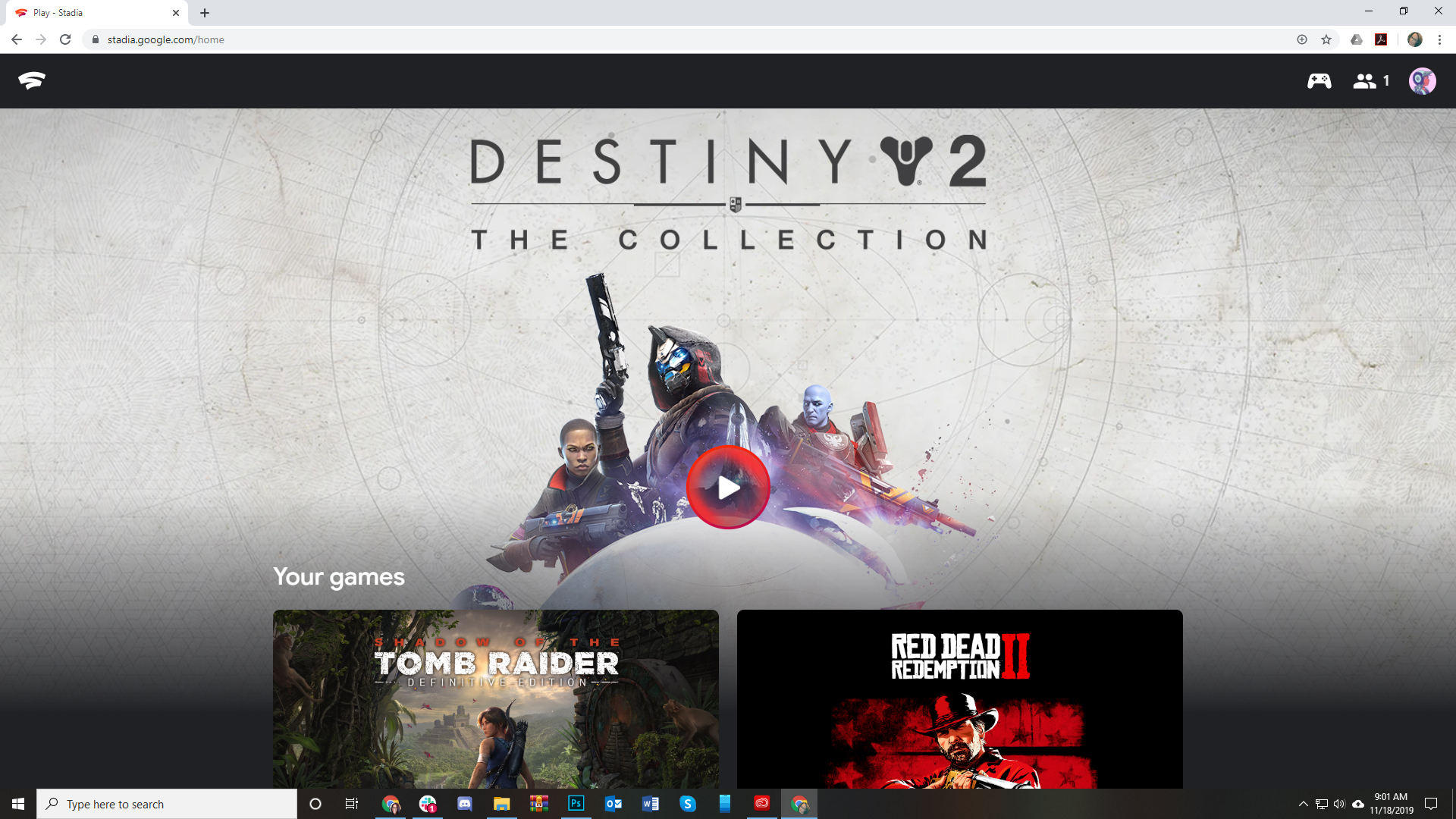
Performance, input lag, and data usage
When we talk about the difference between playing a game on a local machine versus the cloud, it's mainly about where the visuals are rendered. Stadia runs its games on computers in a datacenter somewhere, then sends them to you as a video stream, rather than rendering anything on your PC or phone or Chromecast. This means Stadia can run high-end games on low-end hardware, but with the potential trade-off of added latency from sending our controller inputs to the cloud. Stadia recommends a minimum connection of 35 Mbps to play games in 4K, but not all the games I tested ran perfectly, even on that bandwidth.
It makes sense that Google prioritized 4K for TV, with PC support coming later, but it's still a letdown for PC gamers
When running on a wireless or wired connection of 100 Mbps or more, Stadia can play games as smoothly as a high-end PC, even in 4K, but it sucks up gigabytes of data per hour.
There are a lot of problems that can come from cloud gaming—like latency, frame rate drops, and packet loss—but the biggest surprise with Stadia is that its latency really can be imperceptible. When Stadia is working as intended, it feels just as responsive as playing a game on a console or PC sitting in the same room as you.
We tested Stadia on two different ISPs (Spectrum and AT&T) in two different locations (Orange County and San Francisco) at the same base max speed (120 Mbps), and found that nearly every game we tested—Gylt, Kine, Destiny 2, Shadow of the Tomb Raider, and Mortal Kombat 11—performed either slightly under or on par with a local machine at 4K and 1080p, usually with no noticeable input latency. Our experience with Gylt was near-flawless, same with Kine and Destiny 2. Mortal Kombat 11 had some severe audio and visual desync issues, which are known problems being worked on pre-release. Reducing the resolution from 4K to 1080p helped but did not eliminate the issue.
An example of Stadia's performance issues when it doesn't have enough bandwidth. Despite Stadia saying my connection was adequate when I manually limited its bandwidth, Shadow of the Tomb Raider ran at below 4K resolution and had near-constant stuttering.
Shadow of the Tomb Raider also performed very well, except for one major instance of input lag on PC; I pressed spacebar several times in a row to get Lara to jump, but the game didn’t register all my inputs until about three seconds later.
However, something just felt “off” visually when playing Shadow of the Tomb Raider and Destiny 2 via Stadia on PC rather than on my local machine. The refresh rate on my monitor is 144Hz, and while gameplay was smooth for both those games, it sometimes seemed like there were tiny flickers around my character while I was moving. They were so subtle I thought my eyes were playing tricks on me. But when I played both games on my local PC, I did not sense the same eye-trickery.
While input lag was never a perceivable problem, both of us noticed occasional small stutters and instances of audio cutting out for half a second before returning. To be fair to Stadia, games can have performance issues when running on our PCs and consoles, too, but these small glitches were clearly video streaming issues, not problems in the games themselves. Testing input latency for both Shadow of the Tomb Raider and Destiny 2 at 115 Mbps showed that it was negligible, but there was a stark difference in performance at 35 Mbps.
I filmed my TV at 240 fps, then counted the frames between button press and action on the screen. Tomb Raider was the same 320 milliseconds at either bandwidth (that might sound high, but Digital Foundry also called out Shadow of the Tomb Raider for its input latency on console, and these results also include my TV's refresh rate). Destiny 2, however, was 167 milliseconds at 115 Mbps and 441 milliseconds at 35 Mbps. I could easily feel the difference.
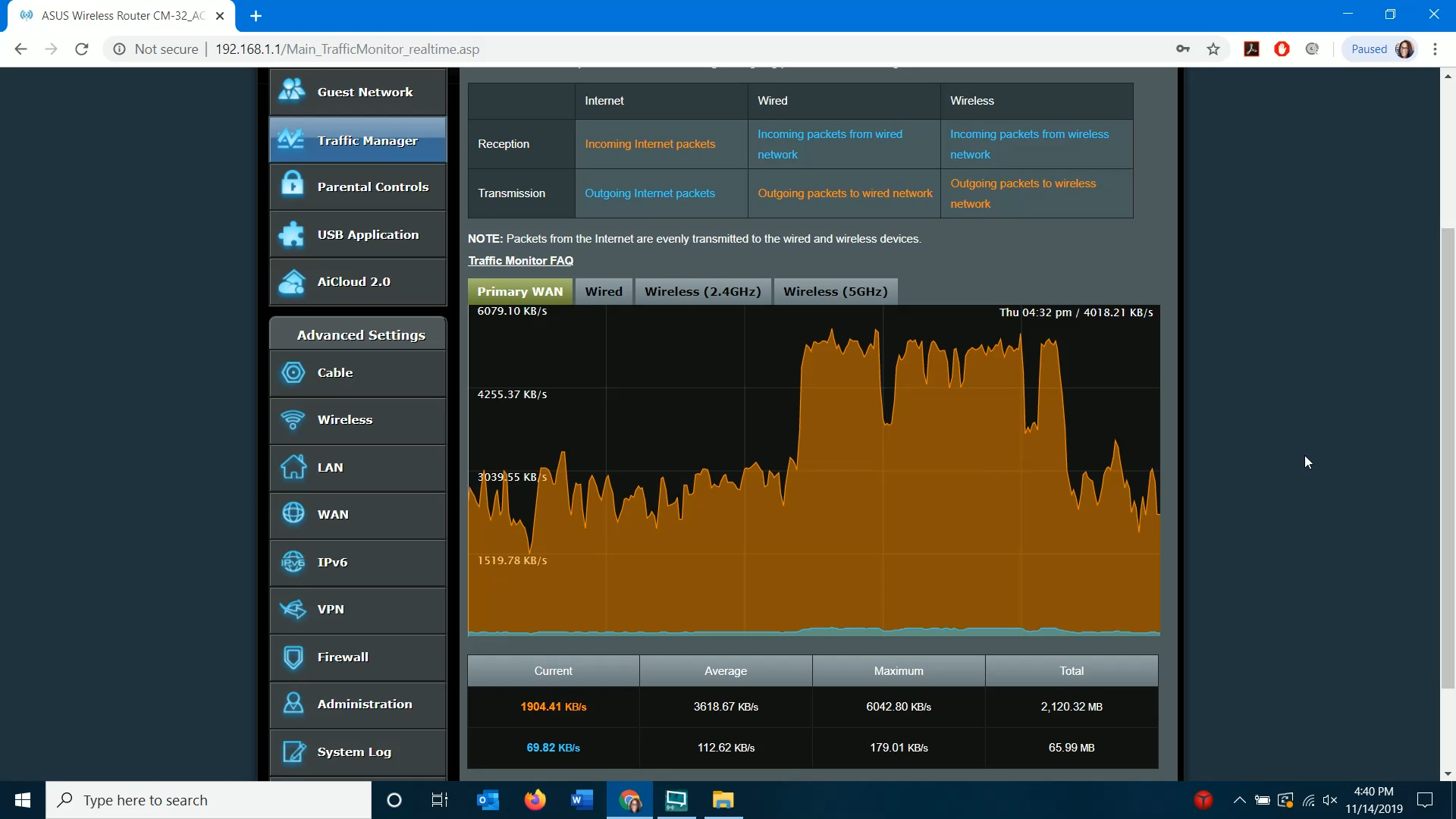
When playing Shadow of the Tomb Raider on PC, on a 1440p monitor, the step down in image quality from 4K on a TV—or compared to running the game at native resolution locally—was clear to the naked eye. It's comparable to streaming a movie versus watching it on Blu-ray—the shading is less smooth, color banding is more prominent. In a detailed and lush game like Shadow of the Tomb Raider, it’s especially noticeable.
It makes sense that Google prioritized 4K for TV, with PC support coming later, but it's still a letdown for PC gamers. And it was misleading to initially say that Stadia Pro supports 4K, yet admit closer to launch that it's only on one platform. As these missing features add up, it makes this week's Stadia launch feel more like a beta, even when the underlying technology works surprisingly well.
For anyone with a data cap, Stadia's data usage is as taxing as feared, and frustratingly there's no way via Stadia to tell how much bandwidth you're actively using. Google warns that games can eat up as much as 20 GB/hr, and my testing shows that this number isn't far off.
In my tests, playing each game for about 30 minutes (a total of 2.5 hours of game time) at 4K consumed around 40GB of data, with Mortal Kombat using up the most data in its story mode. Every game is going to take up a different amount of data based on the bitrate needed to maintain a quality video signal. The more the images on screen change, the more data used. Based on our live data usage, the highest spikes represented the most activity happening on screen; Mortal Kombat topped out at around 6 MB/s, while Kine maxed out at around 8 MB/s, surprisingly.
When it's working well, minor issues aside, it feels as good as playing a game on a PC or console, and that's a major victory.
Of course, that data drops down significantly when you lower the resolution, but if you play Stadia at 4K for 2.5 hours every day for 30 days, you’ll use about 1.2TB of data. If your ISP is on this list and implements data caps, forget about daily 4K gaming, unless you want to pay extra.
And that’s all assuming you live in an area with good enough internet to play Stadia at all, and have a good enough router. Since Google claims you can play on 4K at 60 fps with an internet speed of 35 Mbps, I took things a step further and limited my home wi-fi to 35 Mbps (then going up or down in increments) to see how much it really takes to stream games flawlessly at 4K.
There’s good and bad news. The good news is that some singleplayer games can perform near-flawlessly at 4K as low as 25 Mbps. This is great for fighting games like Mortal Kombat or visually detailed games like Shadow of the Tomb Raider. But Destiny 2 proved unplayable at that low of a download speed. On 35 Mbps at 4K, there was massive lag, input latency, pixelation, and frame rate drops, and this happened with 100 percent of the available bandwidth going to only the Chromecast and Stadia controller.
This persisted until I raised the bandwidth to 100 Mbps, and then the game ran smoothly. (I should note that the pixelation came from Stadia automatically adjusting the resolution lower to either 1080p or 720p, but because I had the resolution set at 4K, it would go back to that as soon as the connection stabilized.)
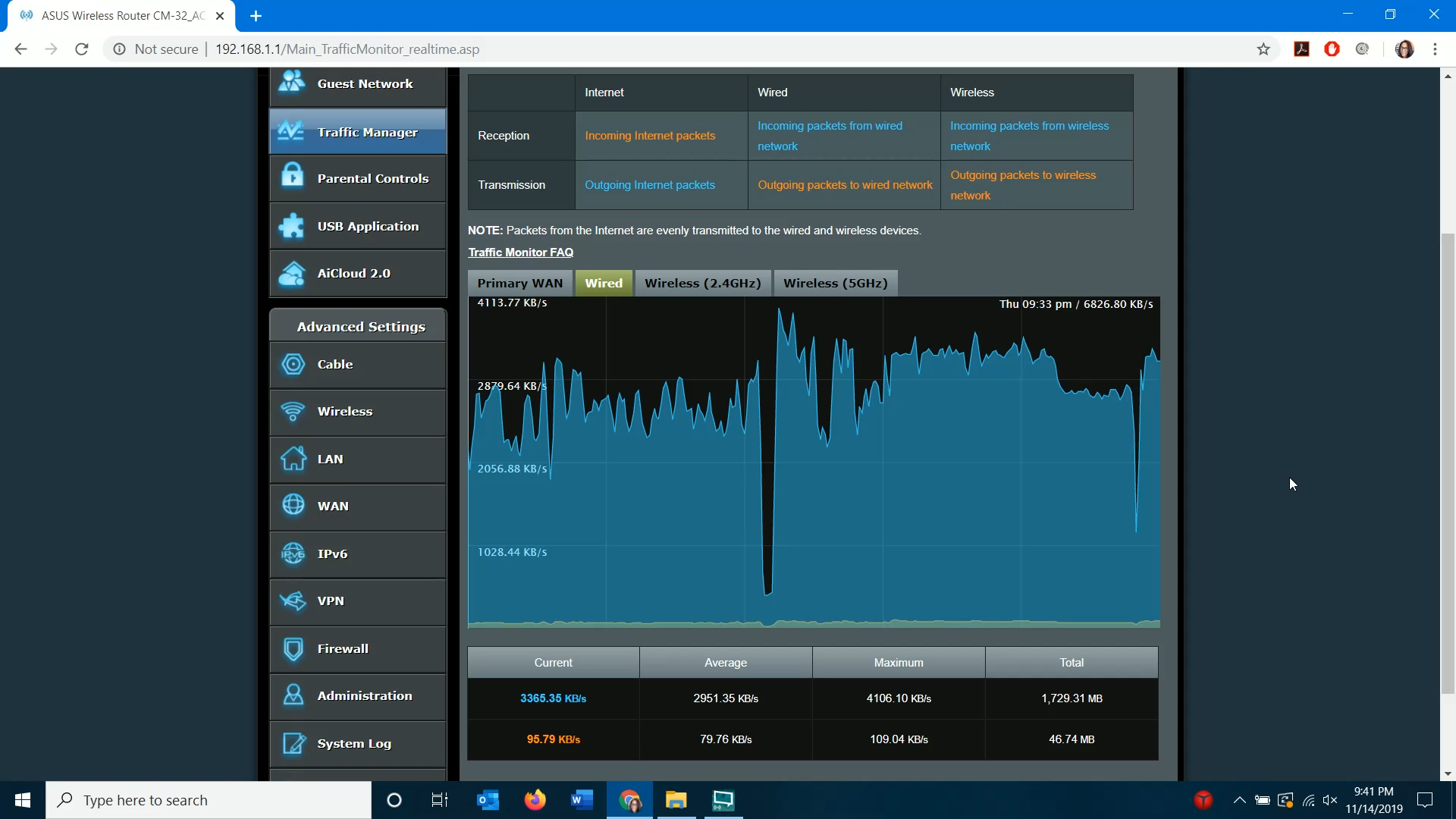
I didn't run into the same issue on PC, however, since the resolution is limited to 1080p. Stadia automatically adjusts your resolution to match your bandwidth if it's set too high, and in my first few days of testing every game was actually running at 1080p on my TV so Stadia could maintain the smoothest framerate possible. After experiencing performance issues with Stadia, I switched over to a new router, there was a noticeable difference between 4K and 1080p.
My bandwidth-limiting testing was done with a new Asus ROG Rapture GT-AC2900 router. Using an older modem-router combo, an Asus CM-AC2600, the results were not as pretty: Connection drops, freezing, skipping video and audio are just a few of the issues I ran into. To have the best gaming experience possible on Stadia, I had to spend about as much as a 500GB PS4, around $260, on a router. Gaming on console and PC, I didn't have issues with my previous model.
If you already have fast internet and a high performance modern router and wait until Google rolls out its free subscriptions for Stadia (minus the game discounts and other extras), it'll be much cheaper: $69 for a controller and another $69 for a Chromecast Ultra.
The Stadia controller
The Stadia controller is solid but not heavy, with weighty-enough buttons and two thumbsticks that move smoothly but feel sturdy. It’s a combination of the PS4 and Xbox controllers, with bumpers and triggers reminiscent of the Dualshock and A-B-X-Y buttons like an Xbox controller, with joysticks that feel most similar to Microsoft's. If you have smaller hands like mine, you may feel some fatigue in your fingers after a while, which is why I prefer the feel of an Xbox controller. Its bumpers and triggers are closer together and the top of the controller contours to my hands better. But the Sadia controller is comfortable enough.
A nice feature of this controller is a button right in the center that allows you to save screenshots and clips directly to the Stadia app. (If you’re on a PC, you press F12 instead.) It’s quick and easy, but represents yet another way Stadia is half-baked at launch—there’s not much point capturing screenshots if the only place you can see them is on your phone. There currently isn’t a way to view your screenshots logged into the Stadia website—and there also isn’t a way to share or download your screenshots from your phone, either. The only thing you can do is delete them.
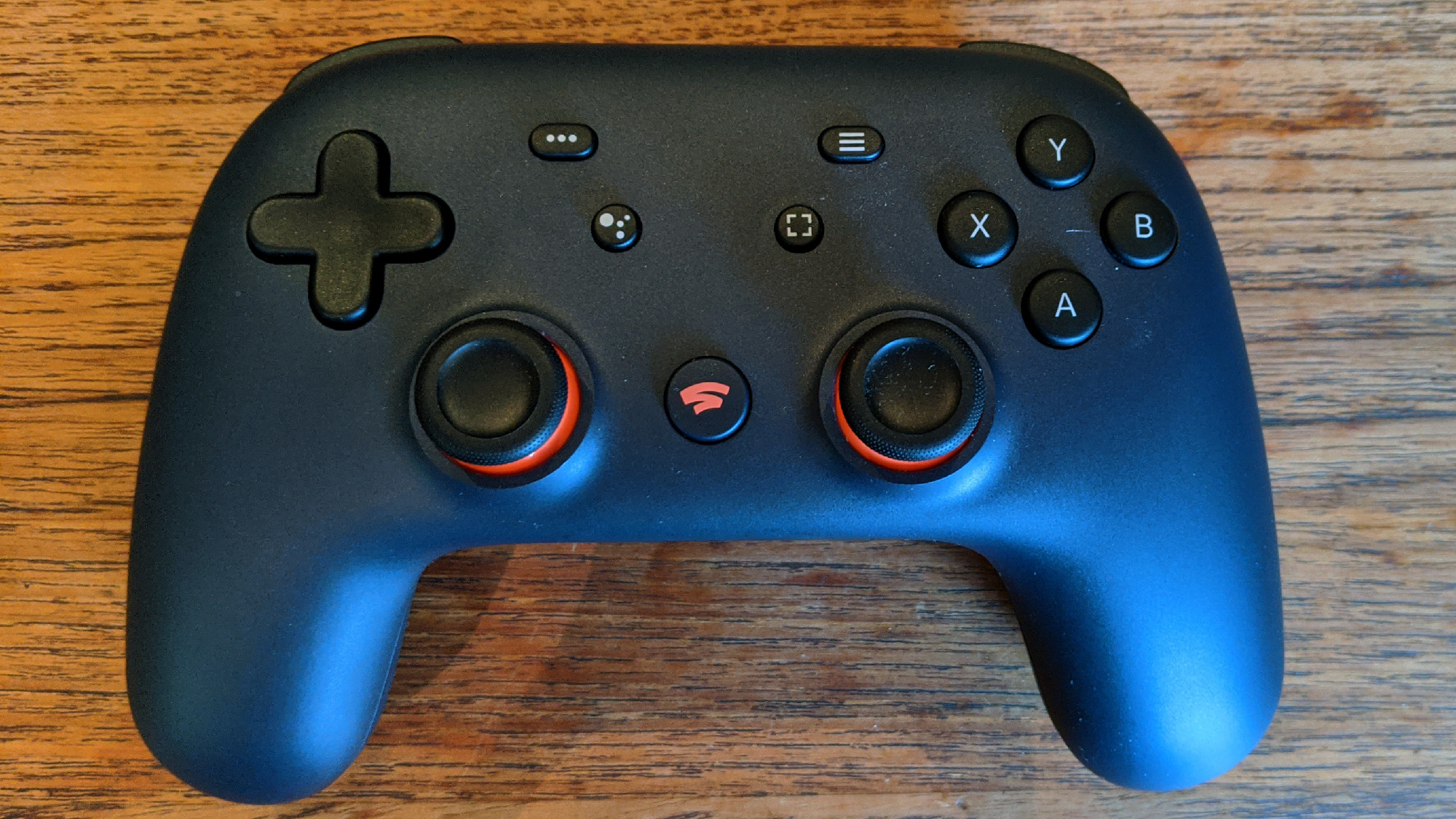
There are other things that you can’t do with the Stadia controller right now, too, like use it on your PC wirelessly—or use it at all. Google says you can connect the Stadia controller to your PC via USB, but I couldn’t get the Chrome browser to recognize the controller once I had a game running. My PC did automatically detect it, though. Even stranger is that the Stadia website will recognize a PS4 controller as a Stadia controller, and pressing the PlayStation button has the same function as pressing the Stadia logo button.
I also had trouble connecting my Stadia controller to the Chromecast, especially if my wireless connection dropped. When that happened, I had to turn my TV off and on and the Stadia controller off, and sometimes manually reconnect my Stadia controller or Chromecast to my wi-fi to get the entire system up and running again. If I was lucky, I could turn the TV on, hold the Stadia button on the controller for three to five seconds, then wait another 10 seconds for the controller to connect to wi-fi. That’s a long time to wait to connect a controller, and it’s one more step than connecting a controller to a PS4 or Xbox One, which requires a simple button press.
In his testing, Wes didn't run into the same issues with having to resync his controller. With Stadia, you're at the mercy of your router and internet connection, and when either is causing problems, there's no real way to determine why.
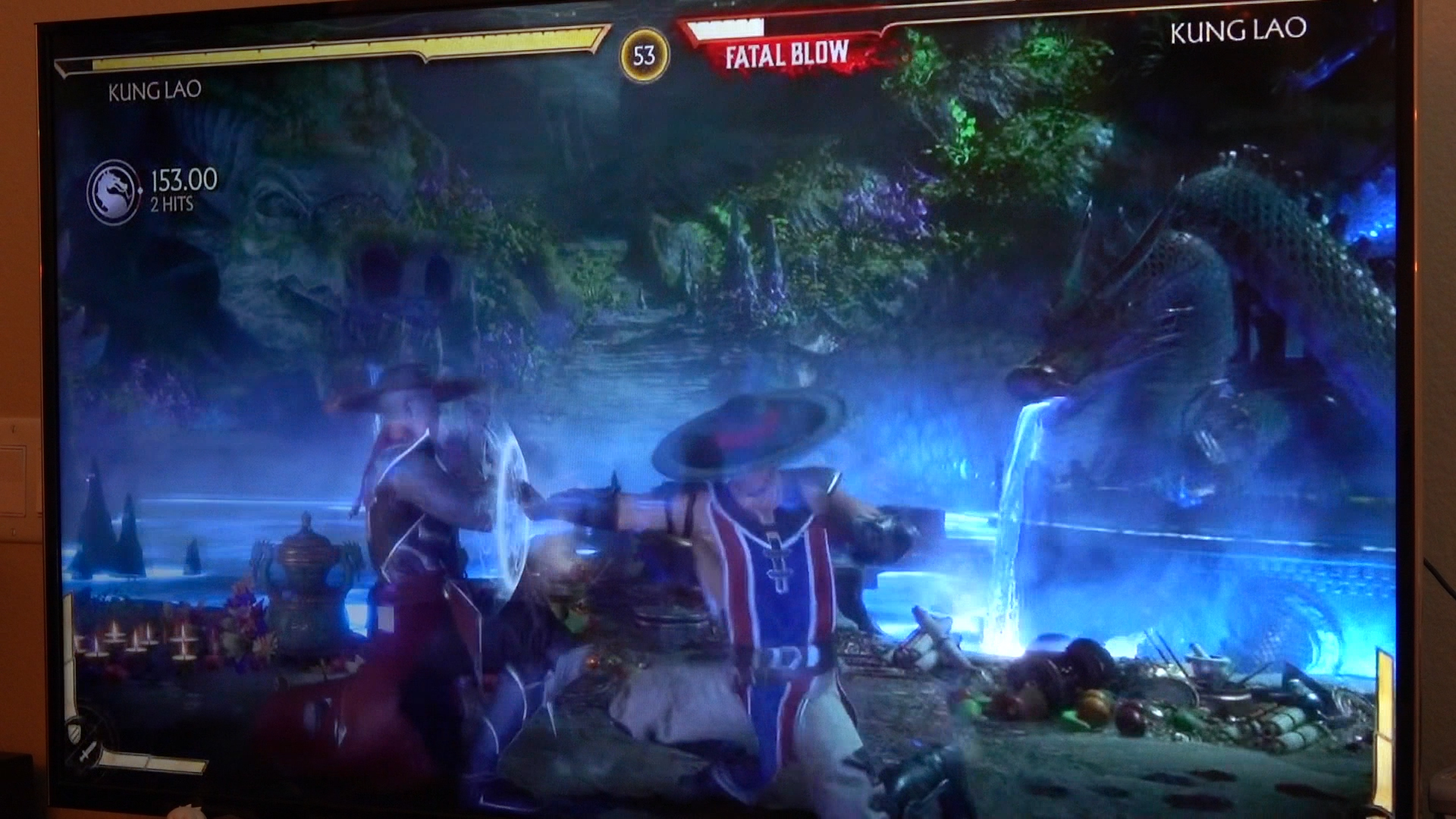
Wrapping up: Stadia today
With the right combination of fast, reliable internet service, a good modem and router, and an ISP that doesn't cap your bandwidth, Stadia is a welcome alternative to PCs and consoles. It's actually quite amazing when you think about it from a technological evolution standpoint. When it's working well, minor issues aside, it feels as good as playing a game on a PC or console, and that's a major victory. The ability to play your games in the living room, at your desk, in bed, at a friend's house or 2,000 miles from home has never been as easy as it is with Stadia—if you have the internet speed and hardware to run it.
But that particular convenience only gets it so far. Right now, Stadia is badly missing all those extras that we love about gaming. Graphics settings. Vital PC features like mods and customization. High refresh rates. Achievements. Sharing screenshots. Family accounts.
In my testing there was a huge performance divide between singleplayer and multiplayer games, and with Google having its own proprietary game development platform, will it ever support modding or other features that already exist on the PC? It's clear Google just wanted to get Stadia out there first, and then worry about all those things later. Google's proven Stadia's tech really can work—but it's also proven that without its many missing features, it's rarely going to be the best way to play any of the games on its service.


